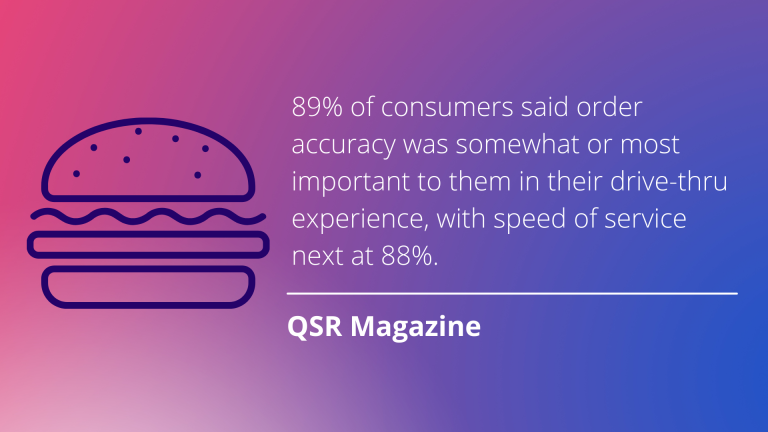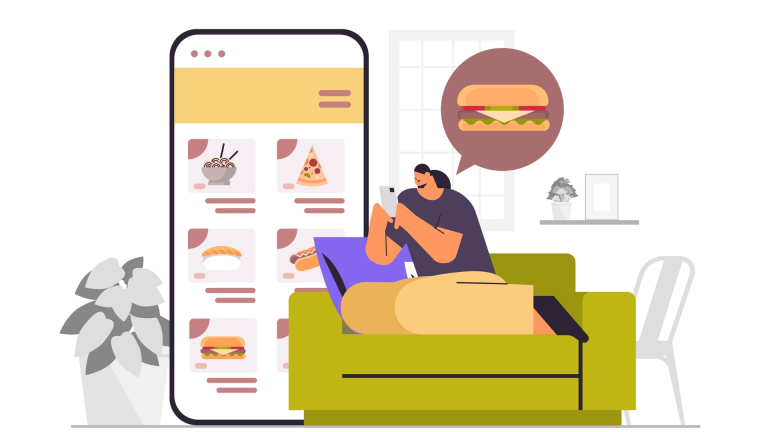Voice assistants can also easily process complex requests, understand context without requiring a customer to repeat information, and will follow up with customers to confirm and clarify any requests. While typing and swiping do have their advantages, voice assistants truly excel when large catalogs of information are involved, such as lengthy menus. With a voice assistant, customers wouldn’t have to scroll through different options but instead, ask questions like:
- “Do you have any burritos?”
- “What are the vegetarian options?”
- “Do you have any drinks that are sugar-free?”
Instead of a one-way interface, customers will be able to ask questions that an employee may not have immediate access to—including food allergies, nutrition information, and dietary restrictions. Voice assistants can quickly relay the information without increasing the wait time for other customers—effectively increasing the number of orders and eliminating customer frustration.
3. Phone ordering increases customer satisfaction
With labor shortages due to the Great Resignation, QSRs and fast-casual restaurants are facing unprecedented staffing challenges. Lack of staff and a rapid rate of turnover among employees is creating a number of challenges, including the ability to provide the fast customer service these types of restaurants are known for.
A voice AI-powered phone ordering system is an elegant solution that not only relieves much of the pressure restaurateurs are facing to provide frictionless service but also increases the number of orders that can be processed, the accuracy of those orders, and the timeliness of food preparation.
Voice assistants are revolutionizing restaurant phone ordering experiences in 5 key ways:
- Calls are answered promptly and personally
- Orders are recorded accurately
- Customers interact with a conversational voice assistant
- Owners enjoy simple and easy setup and instant solutions
- Restaurants achieve increased operational efficiencies
While labor shortages often result in long hold times for customers calling into a restaurant, a voice assistant immediately answers calls and can answer several calls at once—eliminating hold times and delays. A voice-enabled phone ordering system is like a permanent employee who is always on shift, answers calls with zero hold time, and can take multiple orders at once.
With personalization capabilities, the voice assistant can even remember the phone number of returning customers or create a profile for loyal ones—greeting customers by their name, saving their dietary preferences, and storing frequently ordered meals.
Voice AI-powered phone ordering systems are built with small restaurant needs in mind, making it an easy solution to integrate with existing POS systems and with instant payments built-in. Installation is easy and immediate, so restaurateurs can experience the operational efficiencies of allowing staff to focus on other duties while still providing the type of customer service that fosters brand loyalty.








